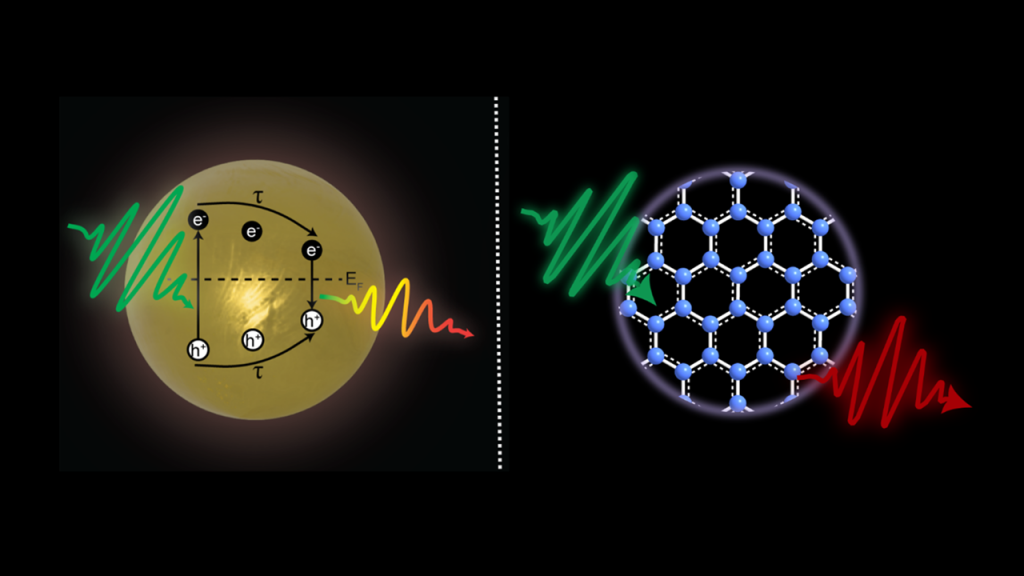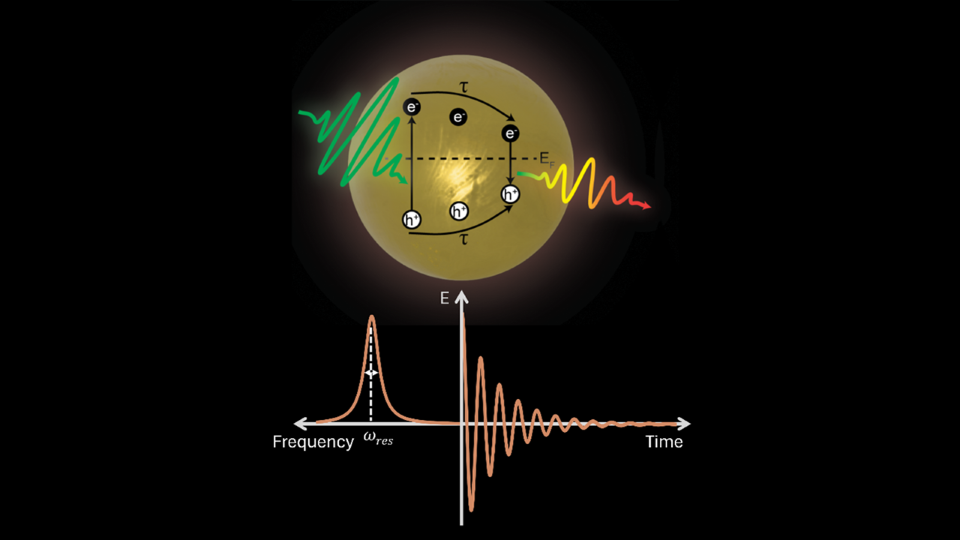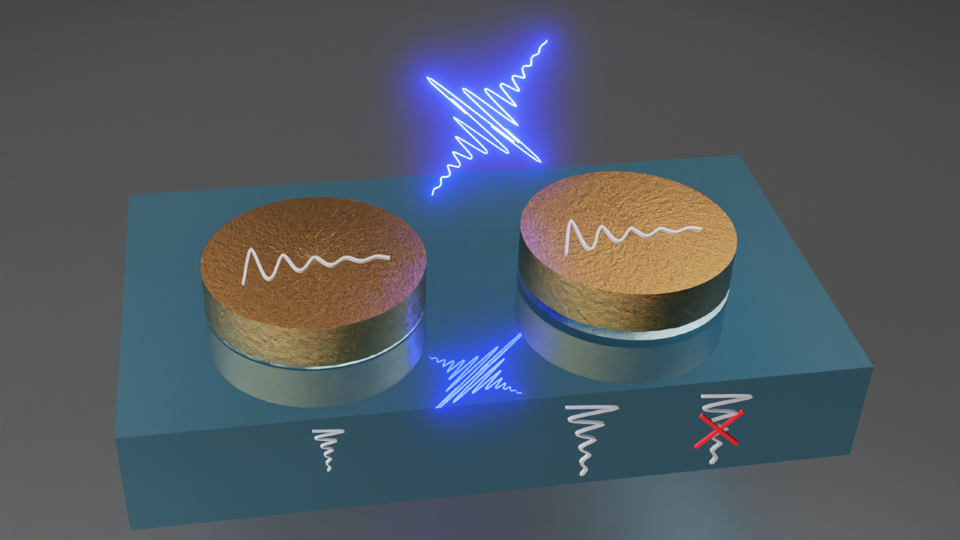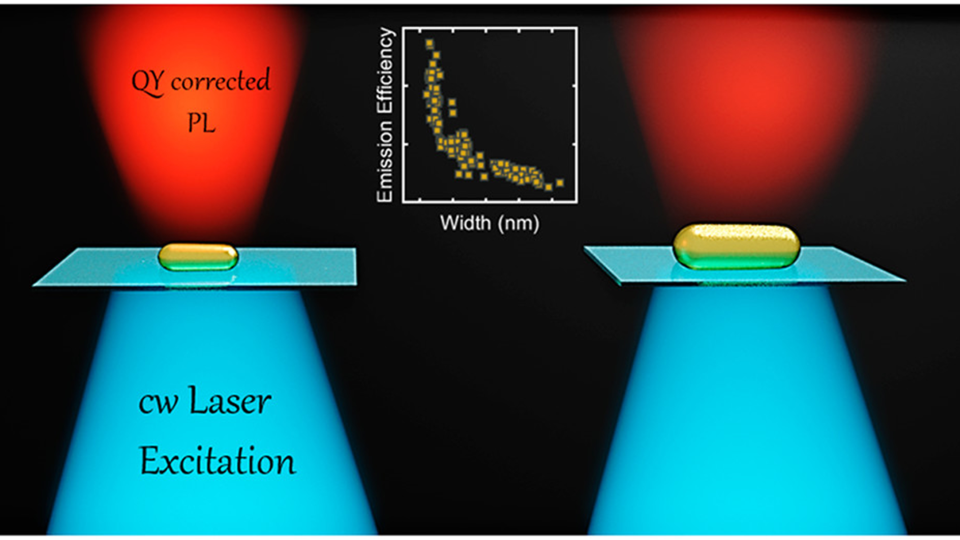
Light harvesting nanomaterials have advanced all aspects of nanophotonics, photochemistry, and photovoltaics by the virtue of their extraordinary light-matter interactions exceeding those of small molecules. Although both metallic and semiconducting nanoparticles share large absorption cross-sections, their relaxation dynamics differ significantly because of distinct electronic structures and densities. Metal nanoparticles supporting plasmon resonance decay via plasmon dephasing into hot carriers that thermalize and then couple to phonon, all within a few picoseconds, while excitonic relaxation occurs on a nanosecond and longer timescale. Charge and energy transfer to local acceptors must further be considered in heterostructures. Resolving these processes over many orders of timescales on the single particle level is challenging.
The Link Research Group is devoted to understanding for a variety of metallic and excitonic systems with the entire cascades of relaxation steps involved after photoexcitation using advanced optical spectroscopy on the single particle level in both frequency and time domain. Our current emphasis is on the following topics: Plasmon dephasing & electron dynamics, Acoustic mode of single nanostructures, and Light emission from nanoparticles.

Plasmon dephasing & electron dynamics
Light harvesting nanomaterials such as metals, doped semiconductors, and graphene-based structures can be optically excited to generate localized surface plasmon resonances.

Acoustic modes of single nanostructures
Plasmonic nanostructures with high quality acoustic oscillations have great promise for applications in biosensing, opto-mechanics, and mass spectrometry.

Light emissions from nanoparticles
Plasmons decay non-radiatively generating an excited electron-hole pair or radiatively.